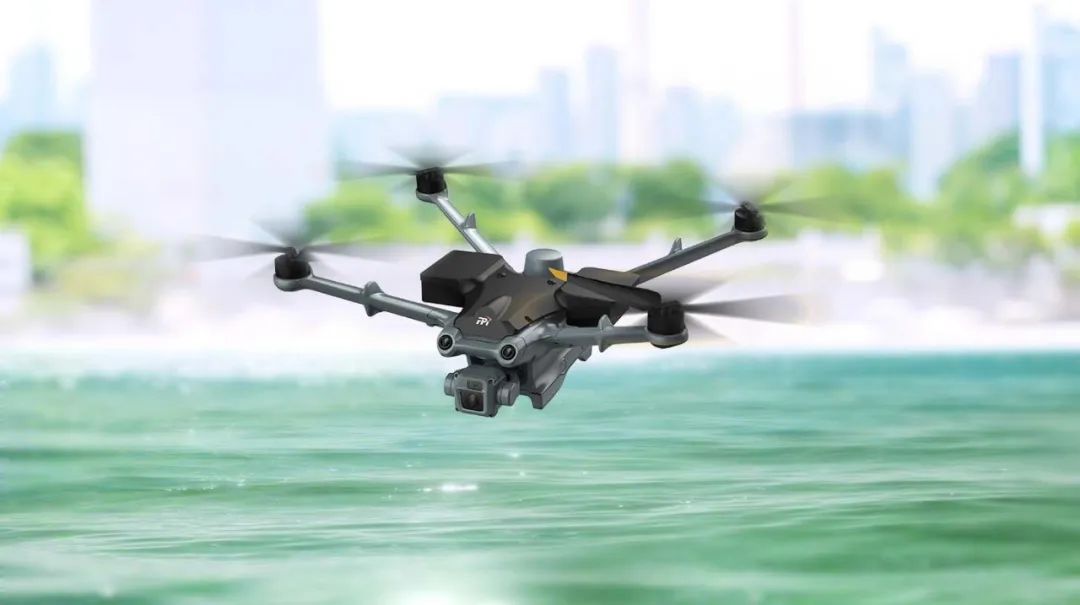The evolution of drone technology has brought forth significant advancements, paving the way for exceptional aerial experiences. One such groundbreaking innovation is the night vision drone camera, a technology that has transformed the way we perceive and utilize drones in low-light conditions. This feature is not just a fanciful add-on; it enables users to capture stunning images and videos even in the darkest environments. As drone enthusiasts flock toward integrating these cameras, understanding their importance and functionalities becomes crucial.
Why Night Vision is a Game-Changer
Night vision facilitates visuals in conditions where human eyes struggle. Traditionally reserved for military use, this technology is now accessible to consumers through drones, enhancing their ability to explore nighttime landscapes, monitor wildlife, or secure properties against potential threats.
Types of Night Vision Drone Cameras

- Infrared Cameras: These cameras detect infrared light emitted by objects, translating it into an image we can visualize. They are excellent for spotting warm bodies like animals or people.
- Low-Light Cameras: Designed to amplify available light, these cameras provide bright, clear images under moonlight or streetlight. They are perfect for aerial photography enthusiasts seeking clarity and detail.
Both types offer unique advantages, but the best choice depends on your usage needs. Consider the terrain and the specific tasks you plan to undertake.
Applications and Benefits
From professional photographers to security personnel, the night vision drone camera caters to various requirements. For photographers, these cameras unveil opportunities to capture cityscapes or nature scenes that are hidden during daylight. Security experts utilize drones for night surveillance, reducing human risk and increasing operational efficiency. Additionally, environmental researchers monitor nocturnal wildlife activity without disturbing their natural behavior.
Enhancing Your Drone Usage
Incorporating night vision capabilities into drones broadens their utility substantially. Consider investing in drones with adjustable mounts to swap cameras as per environmental demands. Night vision combined with thermal imaging further enhances surveillance operations, providing comprehensive visuals.
Challenges to Consider
While the advantages are considerable, potential users should be aware of challenges. Night vision cameras may require higher power consumption, impacting battery life. Furthermore, adverse weather like fog or heavy rain may affect image quality. Therefore, thorough planning and practice are recommended for effective use.
FAQs
- What is the range of night vision drone cameras?
Range varies among models, typically between 100-300 meters. Consider your specific needs when choosing your camera.
- Can I upgrade my existing drone with night vision capabilities?
Some drones allow for camera upgrades. It’s essential to verify compatibility and installation procedures with the manufacturer.
- Are night vision drone cameras legal?
Most regions permit their use, but users should adhere to local regulations regarding privacy and airspace control.
.jpg)
Ultimately, incorporating a night vision drone camera significantly enhances aerial exploration and utility, offering unprecedented opportunities that cater to a wide range of professional and recreational needs.